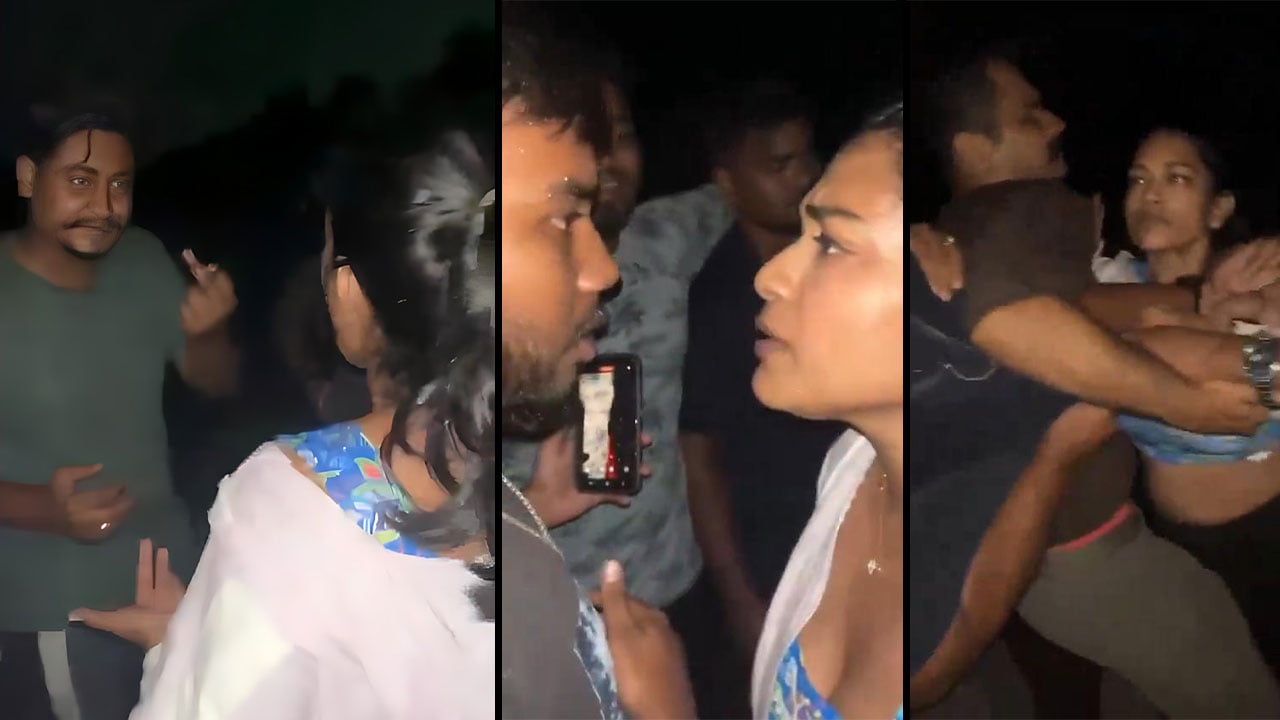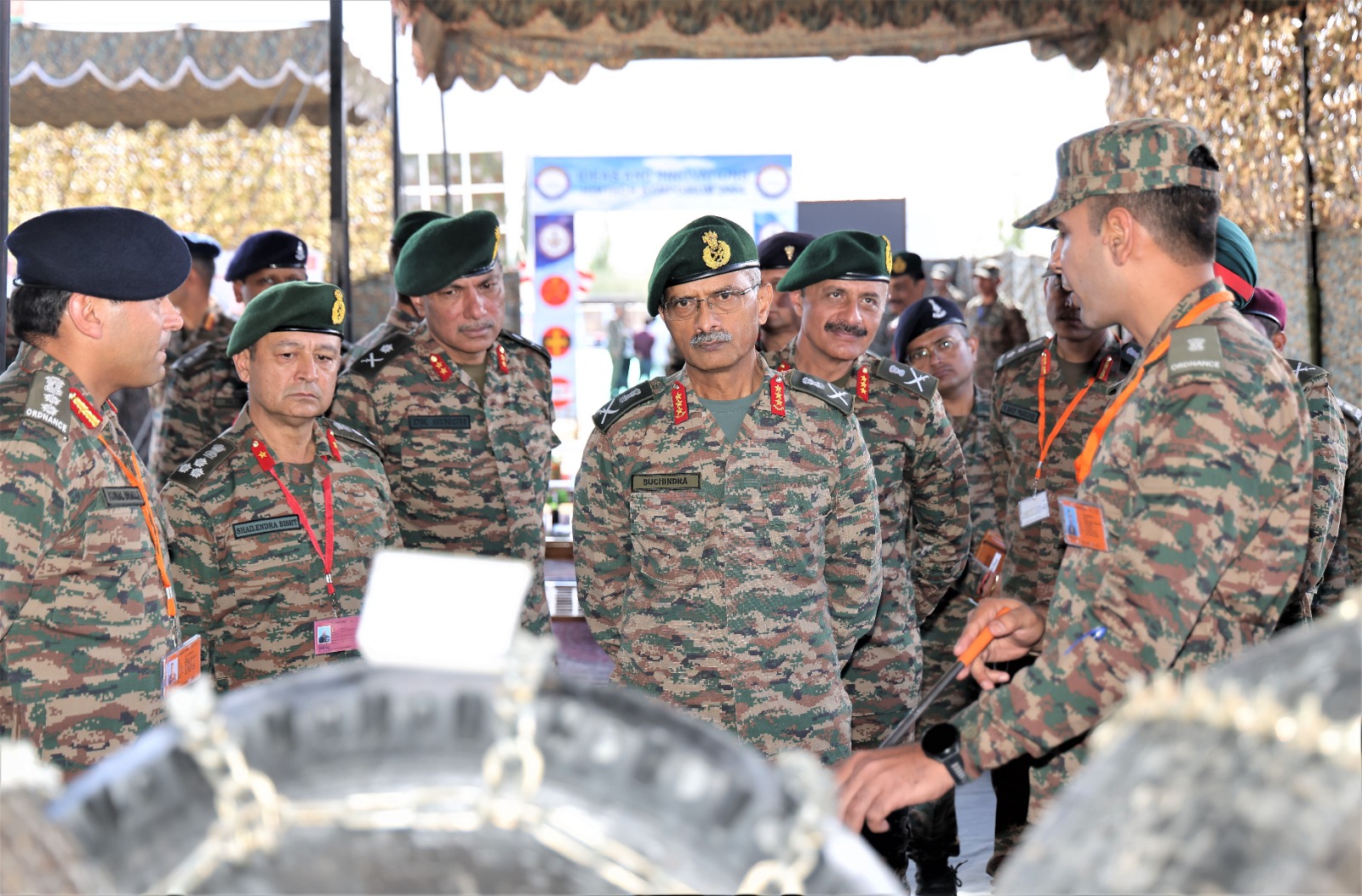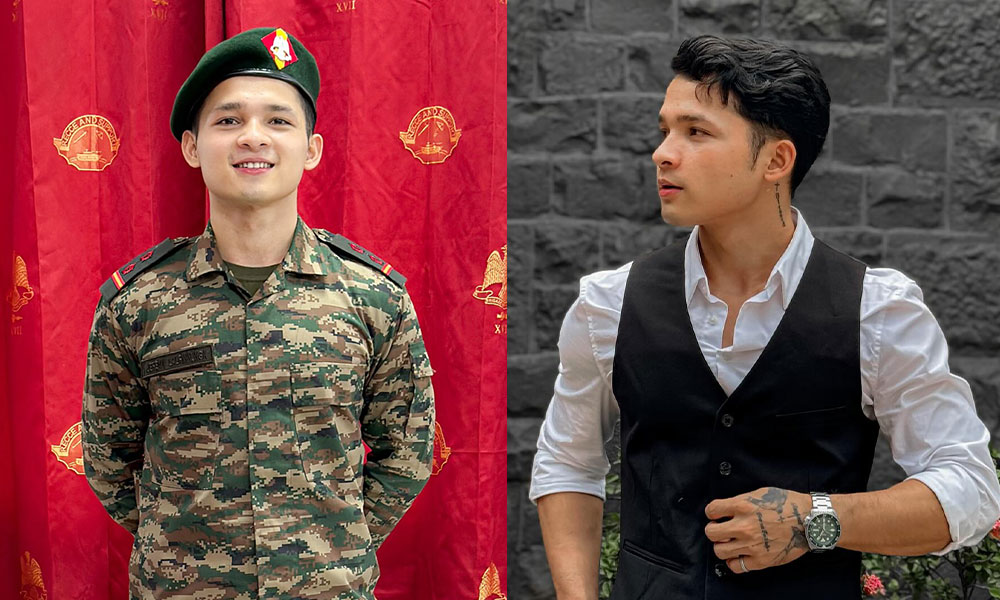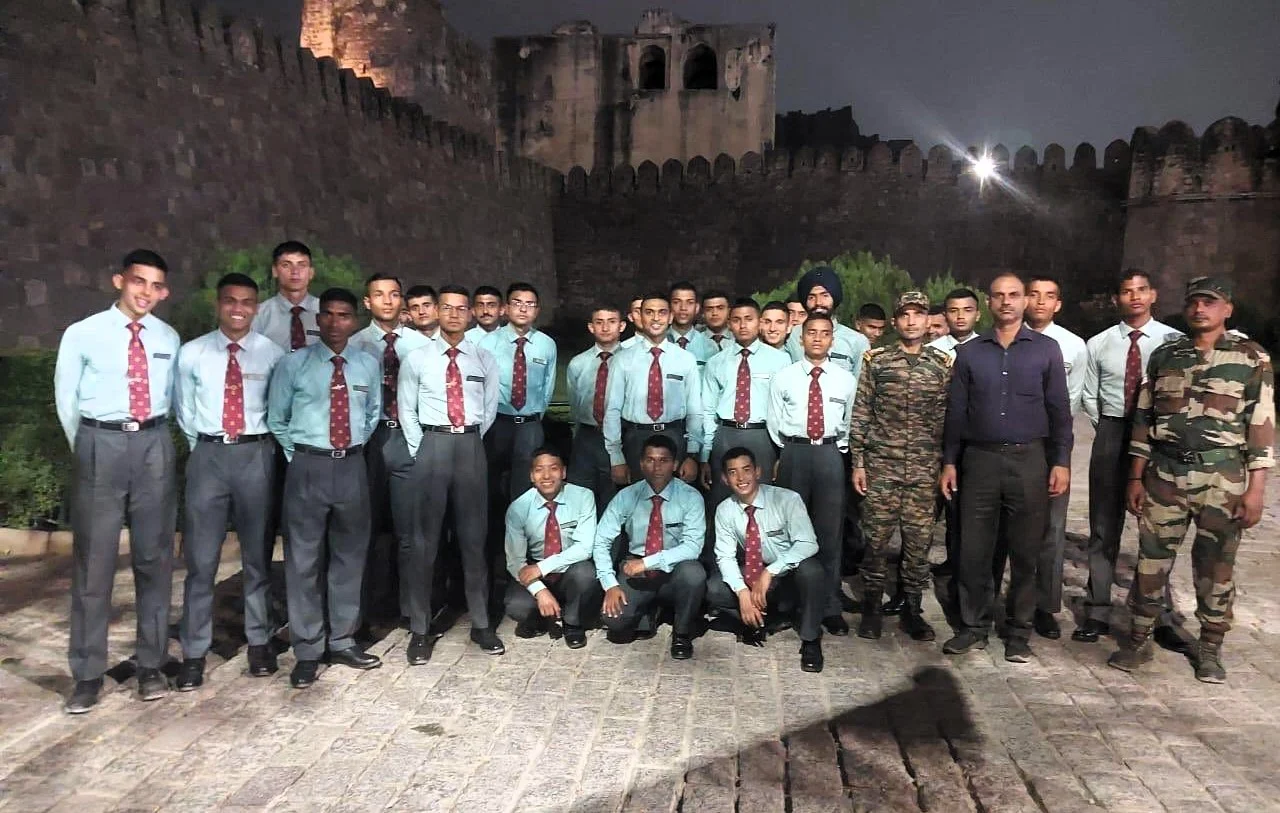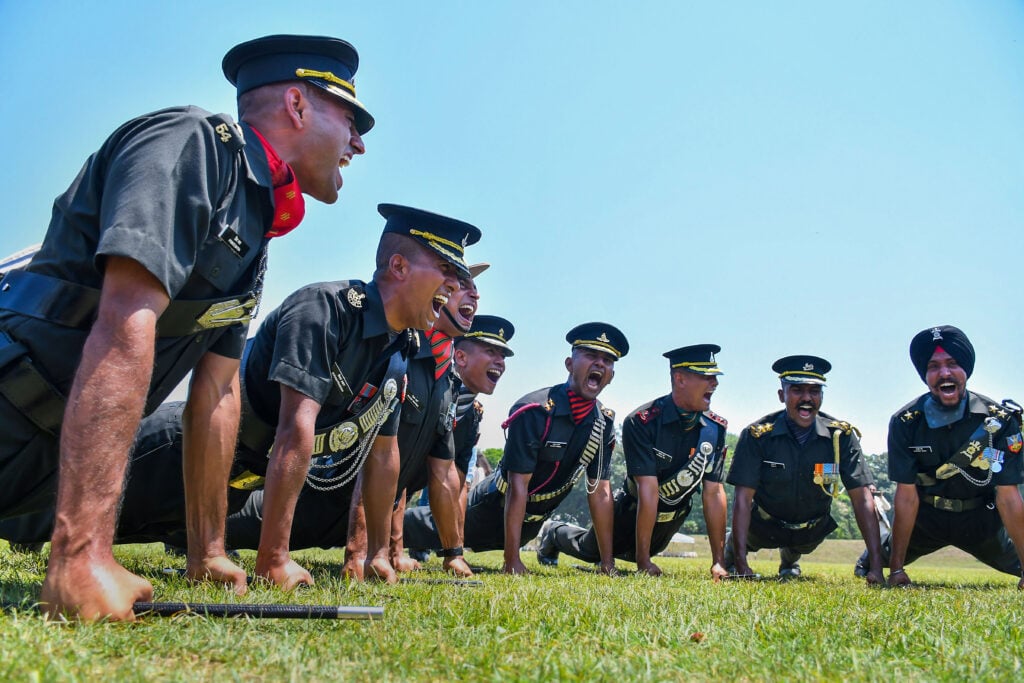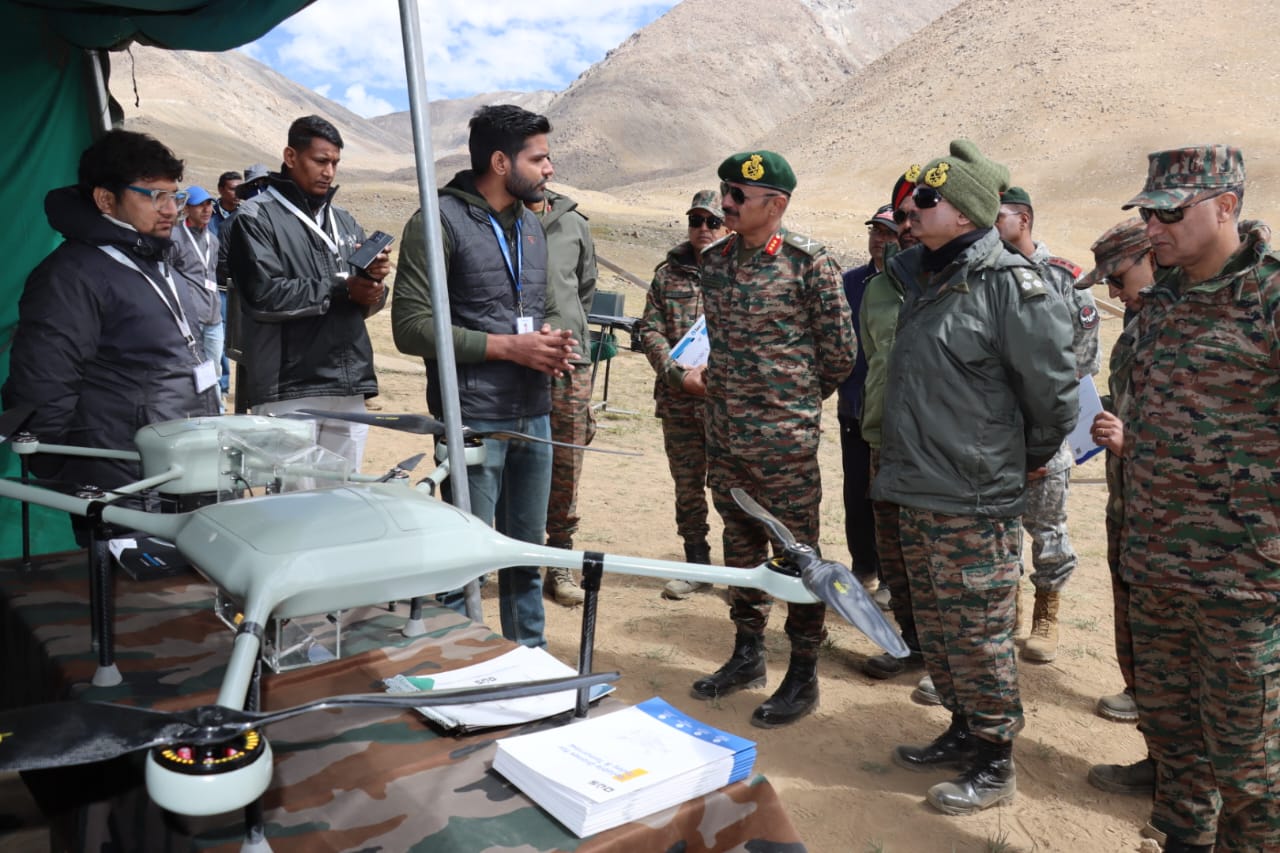Local Goons Harassing Indian Army Major and Fiancée, Engineering Students Among 7 Detained
A disturbing incident involving the harassment of an Indian Army Major of the Sikh Regiment and his fiancée has come…
Lt Gen MV Suchindra Kumar Inaugurates HIM TECH SYMPOSIUM 2024
The HIM TECH SYMPOSIUM 2024, a pivotal event focusing on enhancing combat readiness in high-altitude areas, was inaugurated by Lieutenant…
Meet Subedar Jeremy Lalrinnunga; From the Indian Army to the Olympics
Subedar Jeremy Lalrinnunga's journey is one of inspiration, grit, and relentless determination. Hailing from the hilly town of Aizawl, Mizoram,…
NDA 2 2024 Results Published: Check Your Result Here
The Union Public Service Commission (UPSC) has announced the results of the National Defence Academy (NDA) and Naval Academy Examination…
CDS 2 2024 Results Published: 8796 Candidates Clear the Examination
The Union Public Service Commission (UPSC) has announced the results for the Combined Defence Services Examination (CDS) II, 2024, held…
Indian Army Showcases Advanced Drone Technologies at HIM-DRONE-A-THON 2 in Ladakh
The Indian Army, in collaboration with the Federation of Indian Chambers of Commerce & Industry (FICCI), successfully hosted the second…

